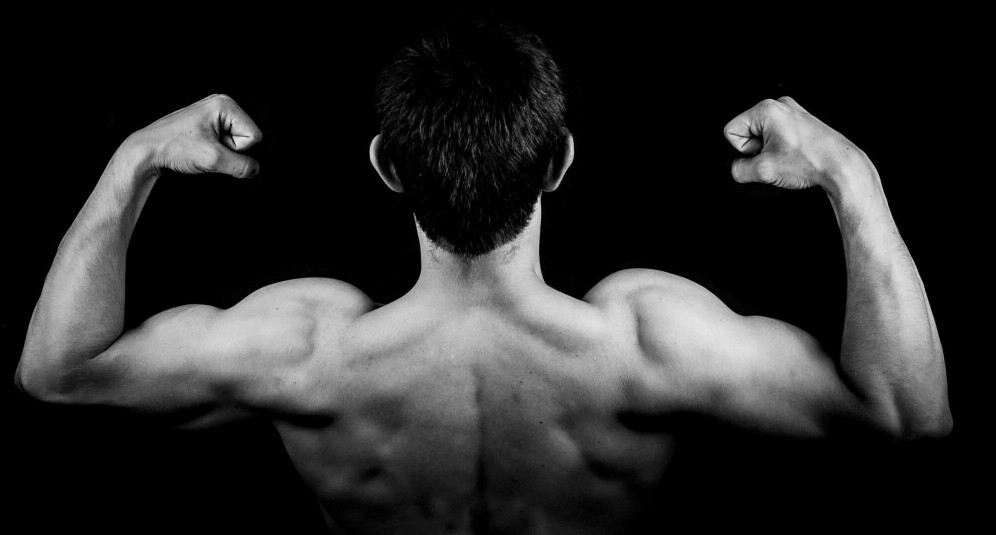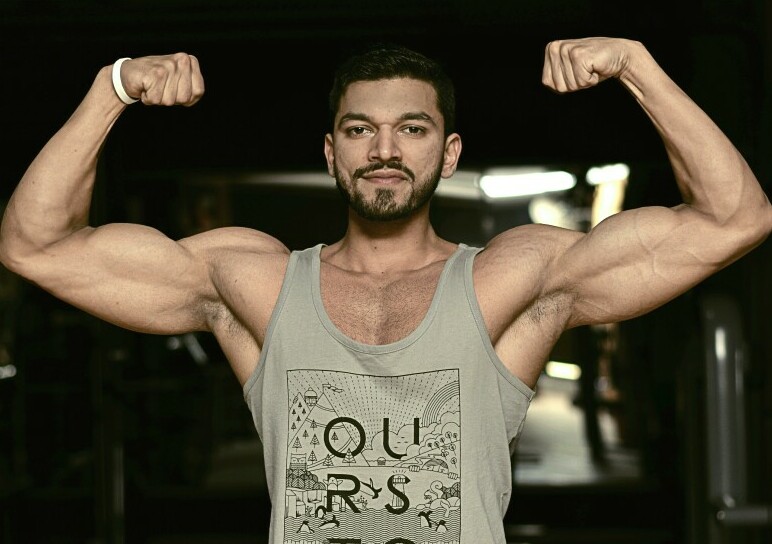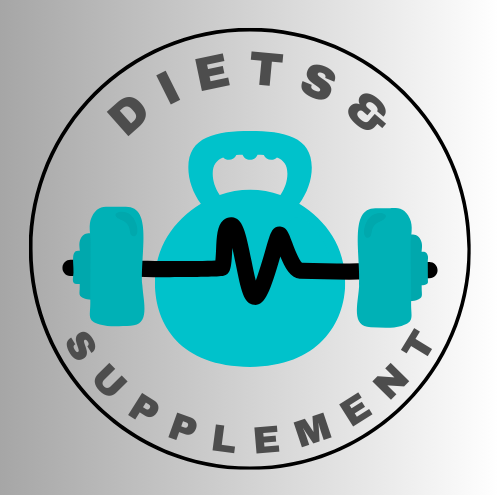 When you’re aiming to sculpt your arms, knowing the basic anatomy and functions of the muscles you’re working with is crucial. The biceps and triceps are like the yin and yang of your upper arms, each with its distinct role. The bicep, located at the front of your upper arm, is famous for the flexed-arm ‘gun show’ pose; it primarily controls the bending of the elbow and the rotation of the forearm. Meanwhile, the triceps make up the back of the arm and are the powerhouses behind straightening the elbow.
When you’re aiming to sculpt your arms, knowing the basic anatomy and functions of the muscles you’re working with is crucial. The biceps and triceps are like the yin and yang of your upper arms, each with its distinct role. The bicep, located at the front of your upper arm, is famous for the flexed-arm ‘gun show’ pose; it primarily controls the bending of the elbow and the rotation of the forearm. Meanwhile, the triceps make up the back of the arm and are the powerhouses behind straightening the elbow.
These muscle groups don’t just make your arms look good; they play a pivotal part in hoisting groceries, lifting heavy items, and performing push-and-pull motions in daily life. It’s not just about aesthetic appeal – your triceps and biceps balance each other out for a range of movements.
=====>Try Nitric Oxide booster to improve results<=====
Despite prevalent myths, training one muscle group more than the other doesn’t necessarily lead to better arms. Overemphasis on biceps – a common gym-goer’s mistake – can cause muscular imbalances and even lead to injury over time. It’s critical to have a well-rounded understanding and approach to your arm training regimen.
The Case for Balanced Muscle Training
Now what happens when you’re at the gym, targeting your arms? If you think pumping out endless bicep curls is the way to go, you’re going to find out why that’s only half the story. Training both biceps and triceps is crucial for several reasons, and we’ll dig into those here.
First up, let’s talk balance. Physique symmetry is not just for show; it’s about health and performance too. When you overemphasize one set of muscles, say the biceps, you risk creating imbalances that can lead to posture issues and even injury. Think of it as a team effort where both triceps and biceps need to pull their weight—literally.
What’s more, training both muscle groups can lead to better overall arm strength and functionality. Your triceps aren’t just there to make your upper arms look good; they play a pivotal role in pushing movements in your daily life, like opening a heavy door.
If you ask the experts, they’ll tell you that a balanced arm workout routine often involves a near-equal split between bicep and tricep exercises. This isn’t just about aesthetics—it’s about fostering a well-rounded strength that serves you in both the gym and daily activities.
For those concerned about injury prevention, balanced training is your friend. By ensuring that antagonistic muscles (those that perform opposite actions) are equally strong, you reduce the chances of muscle strains and joint issues.
But there’s more to this than just health and performance. Let’s consider personal fitness goals, which can greatly influence how much emphasis you put on each muscle group. That’s where the next section comes in, where we’ll delve into how to tailor your arm training according to what you’re aiming to achieve.
Determining Your Training Focus Based on Goals
I’m going to walk you through how your personal fitness goals should guide your arm training focus. It’s not about favoring the biceps or triceps, it’s about aligning your training with what you aim to achieve. Whether you’re looking to increase strength, improve aesthetics, or recover from an injury, your goals will steer your workout plan.
If you want to sculpt those enviable arms, focusing on both muscle groups with compound and isolation exercises is key. However, if your ambition is raw strength, then you’re going to find out about how prioritizing compound movements may give you that edge. Rehabilitation might demand a tailored approach, concentrating on the muscle that supports recovery without straining the injured area.
Take bodybuilders, for example; their regimen is mightily meticulous, emphasizing both bicep peak and tricep mass for that balanced, sculpted look. Powerlifters, on the other hand, might lean more into tricep strength to lock out heavy bench presses and overhead lifts. Therapeutic exercises often highlight the importance of controlled, light-resistance exercises to rebuild strength gradually.
Now what’s vital here is understanding that these are not rigid rules but starting points for your journey. Don’t worry too much about carving in stone your training focus. You can always adjust your approach down the road as goals evolve and your body responds to training.
Optimizing Your Arm Workouts for Maximum Gains
In the end, it doesn’t come down to choosing triceps over biceps or vice versa \’ it’s about fine-tuning your workout to encourage maximum muscle development for both. Now, I’m going to share with you effective exercises dedicated to each muscle group and highlight how frequency and volume can affect your gains.
Starting with the triceps, you’re going to find out about kickbacks, dips, and overhead extensions which are terrific for isolating this three-headed monster. For the biceps, curls are king; think hammer, preacher, and concentration curls for peak contraction.
Don’t worry too much about sticking to a strict regimen at first. Choose something that resonates with you, but always strive for proper form to minimize the risk of injury and maximize effectiveness.
When it comes to frequency, sets, and reps, there’s a lot of opportunity to tailor your program. Focusing on heavier weights with lower reps can help in building strength, while lighter weights and higher reps might favor muscle endurance and tone. I generally recommend starting with two arm workouts per week, but listen to your body and adjust to its responses.
This isn’t just about lifting weights; nutrition plays a crucial role. Quality protein intake supports muscle repair and growth, while adequate hydration and rest are fundamental for recovery. Supplements, like BCAAs and Creatine, might also be beneficial, but consult with a healthcare provider before trying them.
Remember, your first attempt at balancing your arm workout doesn’t need to be your last. You can always revise your approach down the road as you grow stronger and more experienced.
I really hope that you incorporate these tips into your routine and witness the progress you’re capable of achieving. A balanced approach not only enhances symmetry but can also prevent injuries and improve your overall functional abilities. Fuel well, lift right, and rest enough \’ that’s the strategy I like to leverage for maximum gains.
